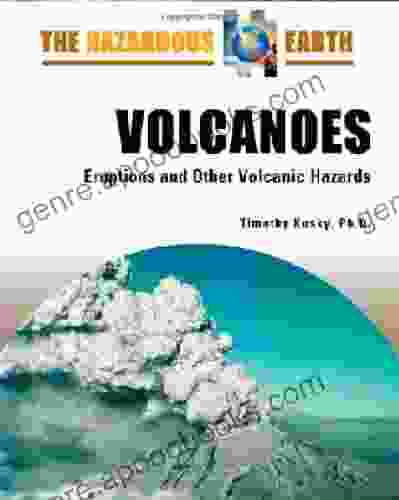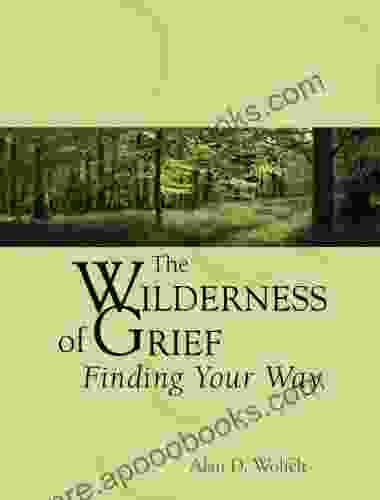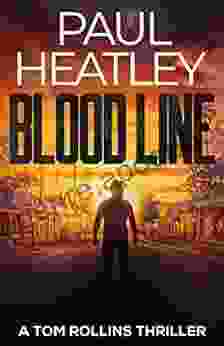Unveiling the Power of Volcanoes: Eruptions and Other Hazardous Earth Events

4.5 out of 5
| Language | : | English |
| File size | : | 3895 KB |
| Text-to-Speech | : | Enabled |
| Word Wise | : | Enabled |
| Print length | : | 152 pages |
| Screen Reader | : | Supported |
Journey into the captivating world of volcanoes, where fiery eruptions and molten lava shape our planet's ever-changing landscape. Explore the science behind these awe-inspiring natural phenomena and uncover the potential hazards they pose to our communities.
Volcanoes: Nature's Explosive Wonders
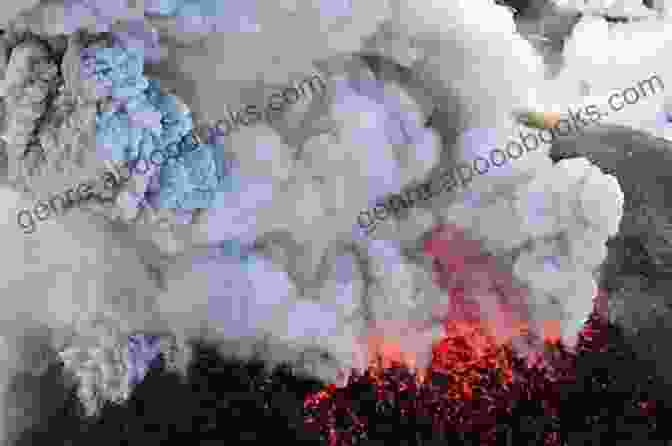
Image: NASA
Volcanoes are geological formations that provide a glimpse into the depths of our planet. They are formed when molten rock, known as magma, rises from the Earth's mantle and erupts onto the surface. These eruptions can produce a range of materials, including ash, lava, and gases.
The shape and behavior of a volcano depend on several factors, including the composition of the magma and the type of eruption. Some volcanoes are characterized by explosive eruptions, sending clouds of ash and rock fragments high into the atmosphere. Others have more gentle eruptions, producing slow-moving lava flows that spread across the surrounding landscape.
Volcanic Eruptions: A Spectrum of Risks
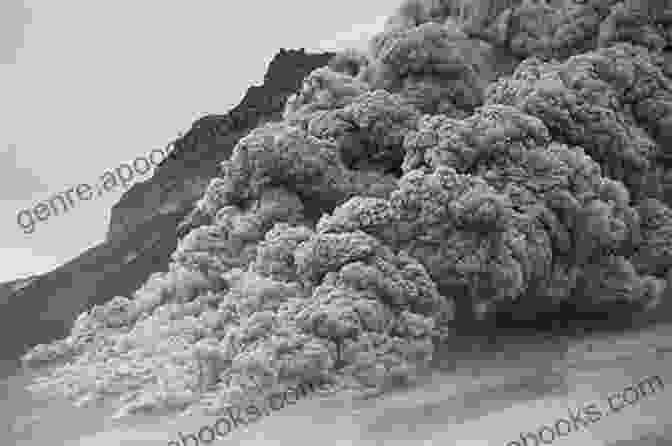
Image: USGS
While volcanoes can be mesmerizing to observe, their eruptions can also pose significant hazards to human populations. The risks associated with volcanic eruptions vary depending on the type of eruption, the distance from the volcano, and the vulnerability of the surrounding communities.
Some of the most common volcanic hazards include:
- Ashfall: Volcanic ash is composed of tiny fragments of rock and glass. When it falls from the sky, it can blanket the ground, disrupt transportation, damage infrastructure, and cause respiratory problems.
- Lava flows: Lava is molten rock that erupts from a volcano. It can flow quickly across the landscape, destroying everything in its path.
- Lahars: Lahars are mudflows that form when volcanic ash mixes with water. They can travel long distances at high speeds, burying and destroying everything in their wake.
- Pyroclastic flows: Pyroclastic flows are fast-moving clouds of hot gas and ash that can reach temperatures of over 1,000 degrees Fahrenheit. They can travel at speeds of up to 400 miles per hour, causing widespread destruction.
- Volcanic gases: Volcanoes release various gases during eruptions, including sulfur dioxide, hydrogen sulfide, and carbon dioxide. These gases can be toxic to humans and animals, especially in high concentrations.
Protecting Communities from Volcanic Hazards
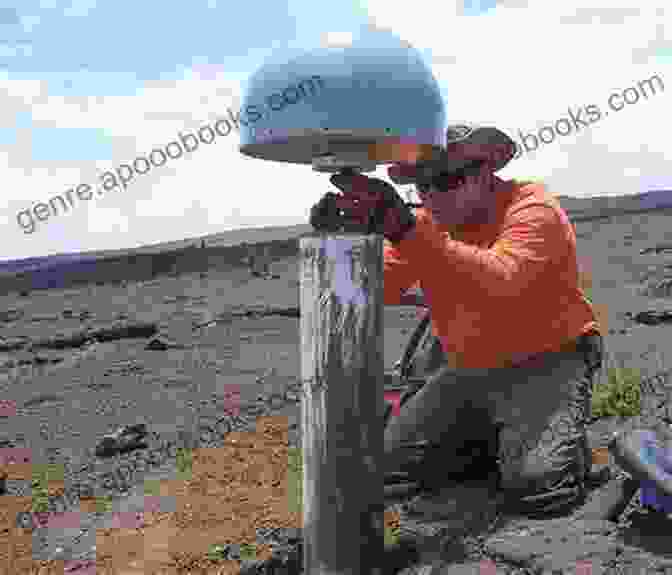
Image: USGS
Given the potential hazards posed by volcanoes, it is crucial for communities to develop and implement effective risk management strategies. These strategies include:
- Volcano monitoring: Scientists use a variety of techniques to monitor volcanic activity, including seismometers, tiltmeters, and gas sensors. This information can help provide early warning of impending eruptions.
- Hazard mapping: Identifying areas at risk from volcanic hazards is essential for planning evacuation routes and developing emergency response plans.
- Public education: Educating communities about volcanic hazards and evacuation procedures is critical to ensuring their safety in the event of an eruption.
- Emergency preparedness: Communities should develop and maintain emergency plans that include evacuation procedures, communication systems, and medical supplies.
Volcanoes are a powerful force of nature that can both fascinate and endanger human communities. By understanding the science behind volcanic eruptions and implementing effective risk management strategies, we can mitigate their potential hazards and ensure the safety of our populations.
For further exploration of this captivating topic, I highly recommend the book "Volcanoes, Eruptions, and Other Volcanic Hazards" by John P. Lockwood and Richard W. Hazlett. This comprehensive guide provides an in-depth examination of all aspects of volcanism, from the formation of volcanoes to the impact of their eruptions on human societies.
4.5 out of 5
| Language | : | English |
| File size | : | 3895 KB |
| Text-to-Speech | : | Enabled |
| Word Wise | : | Enabled |
| Print length | : | 152 pages |
| Screen Reader | : | Supported |
Do you want to contribute by writing guest posts on this blog?
Please contact us and send us a resume of previous articles that you have written.
 Book
Book Novel
Novel Page
Page Chapter
Chapter Text
Text Story
Story Genre
Genre Reader
Reader Library
Library Paperback
Paperback E-book
E-book Magazine
Magazine Newspaper
Newspaper Paragraph
Paragraph Sentence
Sentence Bookmark
Bookmark Shelf
Shelf Glossary
Glossary Bibliography
Bibliography Foreword
Foreword Preface
Preface Synopsis
Synopsis Annotation
Annotation Footnote
Footnote Manuscript
Manuscript Scroll
Scroll Codex
Codex Tome
Tome Bestseller
Bestseller Classics
Classics Library card
Library card Narrative
Narrative Biography
Biography Autobiography
Autobiography Memoir
Memoir Reference
Reference Encyclopedia
Encyclopedia Yves Lugrin
Yves Lugrin P R Kumaraswamy
P R Kumaraswamy Sherry Cormier
Sherry Cormier M L Ryan
M L Ryan Michael Bolton
Michael Bolton Ronen Givony
Ronen Givony Rachel Oates
Rachel Oates Lynda Lahman
Lynda Lahman Mandy Concepcion
Mandy Concepcion Richard Baker
Richard Baker Walter Holland
Walter Holland Laura Elliot
Laura Elliot Ulrich Beck
Ulrich Beck Matthias Herdegen
Matthias Herdegen Yoko Danno
Yoko Danno William E Odom
William E Odom Mark Noce
Mark Noce Pj Fiala
Pj Fiala Scott Dodson
Scott Dodson Soma Victor
Soma Victor
Light bulbAdvertise smarter! Our strategic ad space ensures maximum exposure. Reserve your spot today!

 Ralph TurnerHow To Discipline Kids: The Ultimate Guide To Raising Responsible, Respectful...
Ralph TurnerHow To Discipline Kids: The Ultimate Guide To Raising Responsible, Respectful...
 Chandler WardMelodies, Chords, and Progressions: A Comprehensive Guide for Beginners and...
Chandler WardMelodies, Chords, and Progressions: A Comprehensive Guide for Beginners and... Israel BellFollow ·9.5k
Israel BellFollow ·9.5k Brody PowellFollow ·18.5k
Brody PowellFollow ·18.5k Edison MitchellFollow ·6k
Edison MitchellFollow ·6k Clayton HayesFollow ·6k
Clayton HayesFollow ·6k William GoldingFollow ·13.4k
William GoldingFollow ·13.4k Cormac McCarthyFollow ·15.3k
Cormac McCarthyFollow ·15.3k Hugh ReedFollow ·10k
Hugh ReedFollow ·10k Ian McEwanFollow ·9.6k
Ian McEwanFollow ·9.6k

 Finn Cox
Finn CoxCarmen Suite For Flute Quartet (G Alto Flute) ( Carmen...
Experience the Magic of...

 Andy Cole
Andy ColeUncover Hidden Truths: A Comprehensive Guide to Detecting...
: The Silent...

 Ken Simmons
Ken SimmonsUnleash Your Potential: Transform Frustration and...
Are you tired of feeling...

 Rick Nelson
Rick NelsonHard To Kill: A Gripping Thriller That Will Keep You on...
Tom Rollins is a...

 Ivan Turner
Ivan TurnerUnleash the Power of Your Breath: Discover Breath...
In the tapestry of life, where stress and...
4.5 out of 5
| Language | : | English |
| File size | : | 3895 KB |
| Text-to-Speech | : | Enabled |
| Word Wise | : | Enabled |
| Print length | : | 152 pages |
| Screen Reader | : | Supported |


